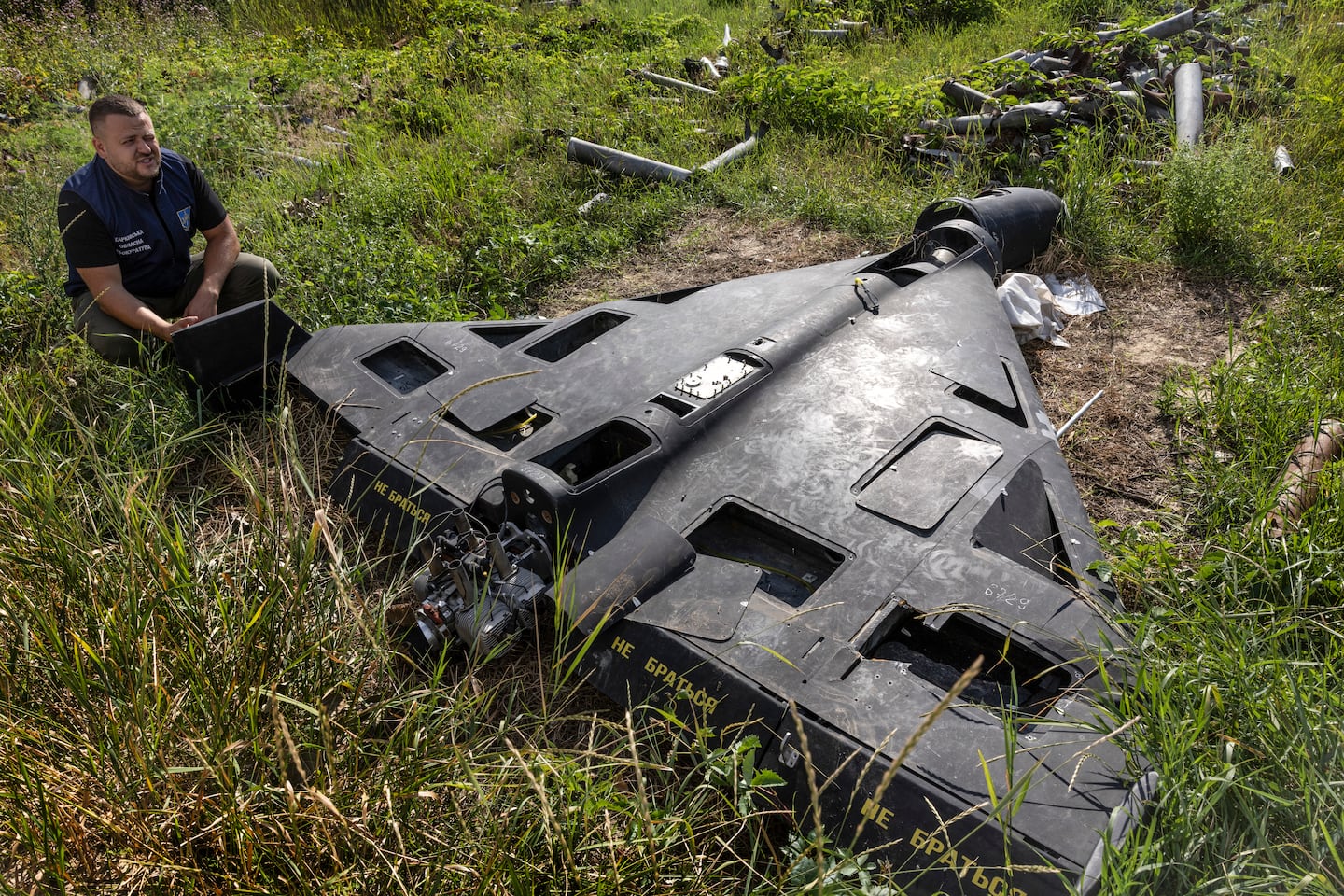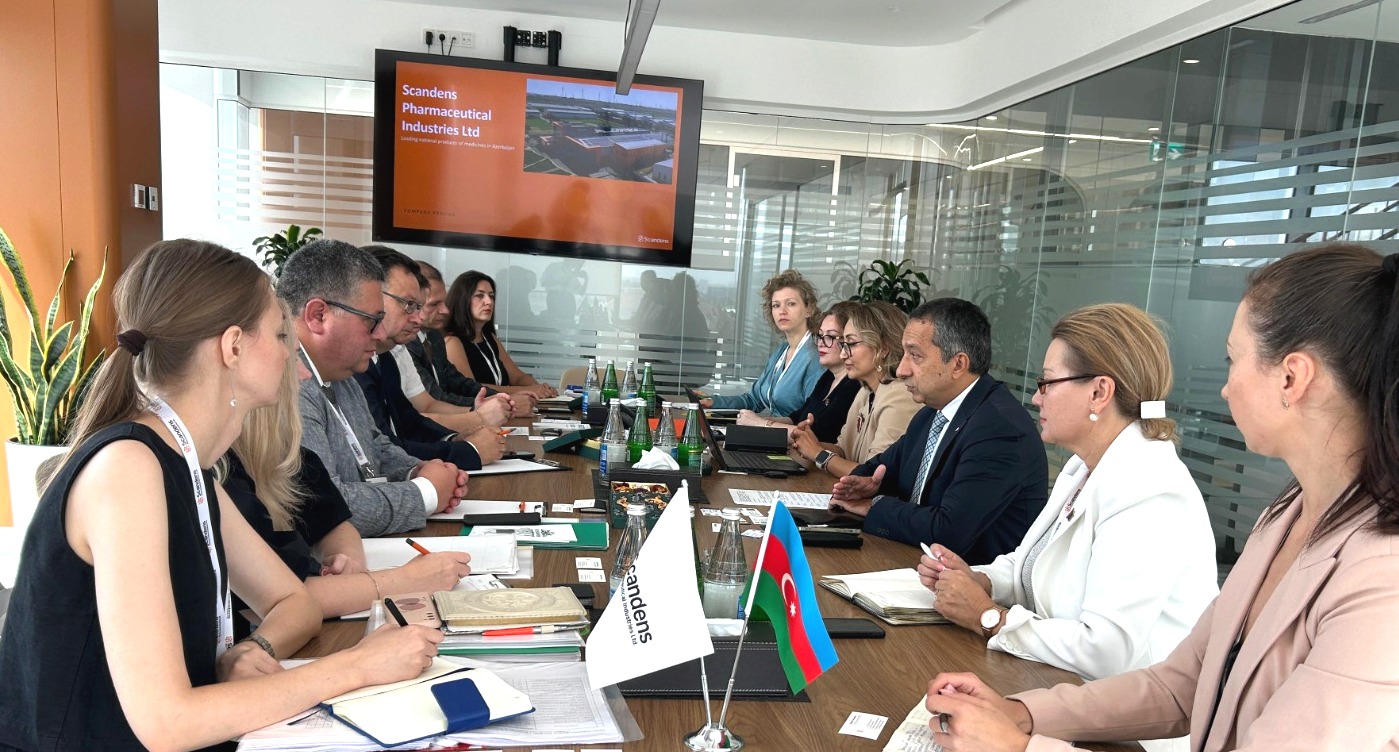
Russia’s supply surges, combined with new technology and tactics, have created a colossal challenge for Ukraine, which enjoyed an advantage in drone warfare early in the war that Moscow has eroded.
Russia is using the attack drones, together with missiles and decoys, to saturate air defenses and mount mass onslaughts on Ukraine’s weapons production facilities, energy infrastructure, and cities. Ukraine has made big advances of its own in conducting drone strikes deep into Russia, and on Sunday struck a major oil refinery near St. Petersburg. But the Russian barrages are bigger and more sophisticated, and the Ukrainian military is scrambling to adapt its tactics to defend against them.
The threat spilled over onto NATO territory last week. At least 19 Russian drones flew into Poland late Tuesday and early Wednesday, its government said, with only a small handful shot down. Then on Saturday, Romania’s Defense Ministry said two of its fighter jets had intercepted a drone in Romanian airspace amid Russian attacks on neighboring Ukraine. The two episodes demonstrated the difficulty the Western alliance would face in defending against the types of onslaughts Moscow is now able to muster. In the future, individual Russian assaults could involve thousands of drones.
“The war has reached another inflection point in how drones are being used, both at the front line and in the strike campaigns being conducted by Russia and Ukraine,” said Michael Kofman, a senior fellow at the Carnegie Endowment for International Peace.
Russia claims its one-way attack drones target facilities connected to the war. But they have also hit hospitals, schools, apartment buildings, and playgrounds, killing many Ukrainians.
More than anything, the drones spread terror, bringing the war to cities far from the front line, often in the middle of the night, making it all but impossible to sleep during large-scale attacks. The goal is to demoralize Ukrainians and sap their will to endure the war.
Russia’s drone attacks began amping up last September, the first month in the war that Moscow sent more than 1,000 drones into Ukraine, according to a data set created by The New York Times using numbers from the Ukrainian air force.
This year, the numbers have skyrocketed.
Russia has so far sent more than 34,000 attack drones and decoys into Ukraine in 2025, nearly nine times the number from the same period last year, according to the Times data set. Of the drones Moscow has deployed this year, Ukraine said it had knocked down 88 percent by shooting them or electronically scrambling them. That figure is down from the nearly 93 percent Ukraine reported in 2024.
Over one night during the first weekend of this month, Russia sent a record 810 attack drones and decoys into Ukraine. Ukraine claimed to have knocked down about 92 percent of them, but that still meant 63 got through. Ukraine said that 54 had hit targets in 33 locations. The data could not be independently verified.
Behind the overwhelming numbers is a revolution in drone production in Russia.
Putin’s autocratic government has signaled from the very top that drones are a crucial priority for the nation, which has mobilized public and private resources to create a drone-making empire.
At a recent economic forum in the Russian city of Vladivostok, nearly every Russian region participating included a display about the drones it was producing. Students and foreign workers have been brought in to manufacture drones. Russia has drawn on its warm relations with Iran and China for know-how and parts.
Analysts estimate that Russia is now able to produce about 30,000 of the attack drones modeled on the Iranian design per year. Some believe the country could double that in 2026.
The increases explain why Ukraine, despite developing sophisticated air defenses and drone technology of its own, still suffers under Russian drone attacks.
“The answer is simple and straightforward,” said Mykola Bielieskov, a military analyst at Ukraine’s government-run National Institute for Strategic Studies.
“They started from maybe hundreds a month, then 2,000 to 3,000 a month in the first quarter of this year, now with 5,000 to 6,000 a month,” he said of Russian drone incursions. “For sure, more of them are going to get through our air defenses.”
The drones have also advanced technologically, with better guidance systems, improved resistance to jamming, and novel types of warheads.
Russia has also changed its tactics.
Moscow is sending the attack drones in swarms, or waves, and routing them in confusing paths to divert attention from actual targets. It is sending many more decoys, made of painted foam and plywood, which sometimes contain small warheads and are indistinguishable from actual drones in the sky. And it is bypassing the open fields where Ukrainian air-defense teams work, flying over rivers and forests instead. Once the drones enter cities, they are harder to shoot down because of tall buildings and the risks to civilians.
As Russia started producing more attack drones and using more decoys, Ukraine scrambled to devise new ways to knock them down.
Air-defense units have shot drones and decoys out of the sky. Mobile teams of soldiers in pickup trucks shoot down drones, often with heavy-duty machine guns. Ukraine also figured out how to jam drones electronically.
Expensive high-tech systems provided by the West mainly protect major cities and key infrastructure and are primarily geared toward incoming missiles.



